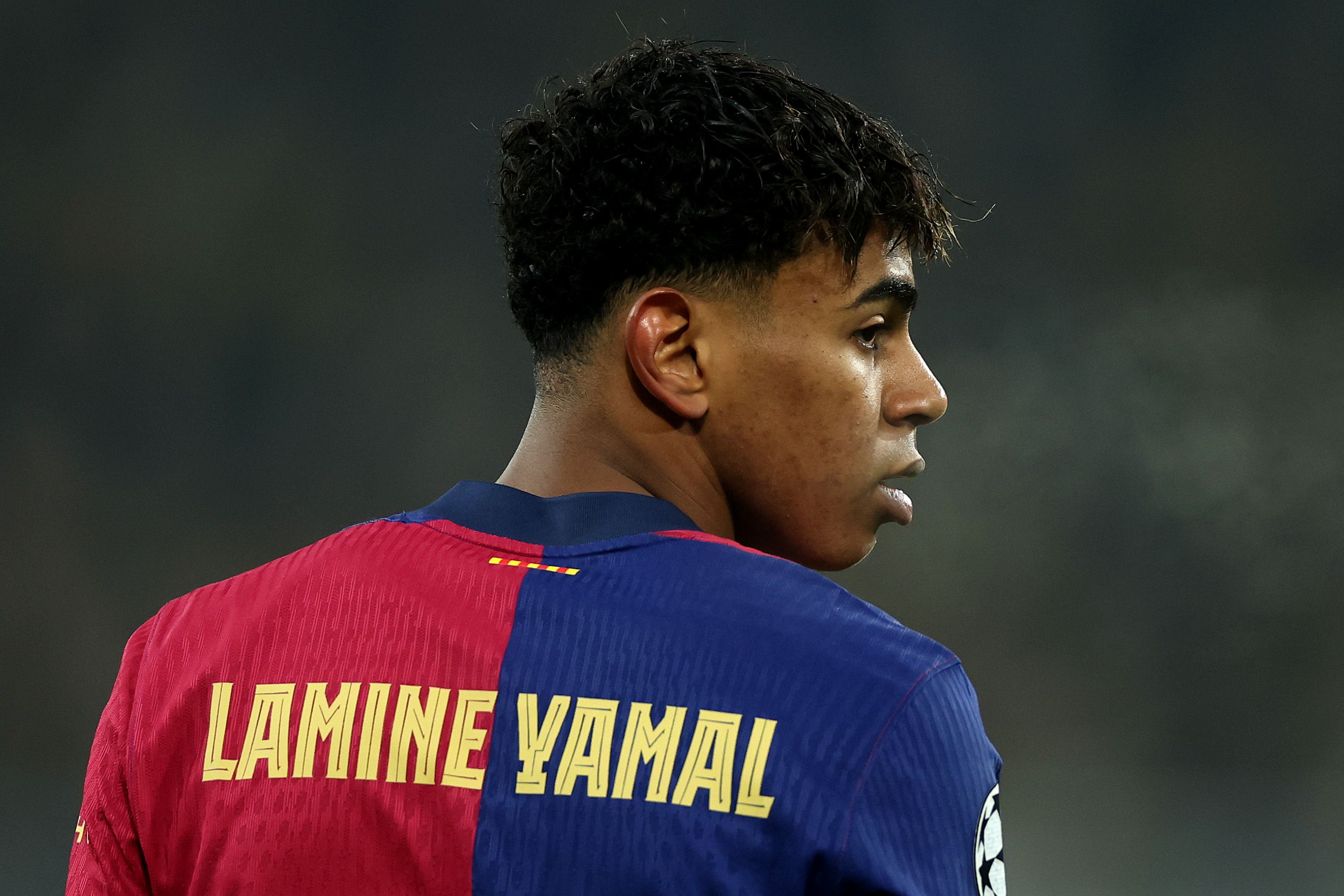
FOOTBALL WORLD CUP
Groups and rivals defined: This is how the qualification for the 2026 World Cup will be
The teams and matches for the qualifying phase of the next World Cup have been revealed, as well as Spain's path towards the competition
The draw for the qualification phase for the 2026 World Cup, which will be held in the United States, Canada, and Mexico, has cleared up the doubts regarding the groups and opponents of each team. The event, held on Friday, December 13, 2024, defined the matchups to determine which teams will secure their place in this tournament, the first with 48 teams.
A revamped format for an expanded World Cup
The 2026 World Cup marks a significant change in format, expanding participation to 48 teams. This adjustment has also altered the UEFA qualification system, which now has 16 spots for its teams. The qualification phase will take place between March and November 2025 and will feature smaller groups than in previous editions.
The teams were distributed into 12 groups of four or five teams. The winners of each group will secure direct qualification to the World Cup, while the 12 second-place teams and the four best teams from the Nations League that do not qualify directly will compete in a playoff. From this process, the last four European qualifiers will emerge.
The groups defined after the draw
The qualification pots were organized according to the UEFA ranking, with Spain among the seeded teams in Pot 1. This position allows them to avoid powerhouses like France, England, and Germany in the first phase. However, the road will not be easy, as the other pots include strong teams such as Poland, Turkey, and Norway.
Distribution of pots:
-
Pot 1: Spain, France, England, Portugal, Netherlands, Belgium, Italy, Germany, Croatia, Switzerland, Denmark, and Austria.
-
Pot 2: Ukraine, Sweden, Turkey, Wales, Hungary, Serbia, Poland, Romania, Greece, Slovakia, Czech Republic, and Norway.
-
Pot 3: Scotland, Slovenia, Republic of Ireland, Albania, North Macedonia, Georgia, Finland, Iceland, Northern Ireland, Montenegro, Bosnia and Herzegovina, and Israel.
-
Pot 4: Bulgaria, Luxembourg, Belarus, Kosovo, Armenia, Kazakhstan, Azerbaijan, Estonia, Cyprus, Faroe Islands, Latvia, and Lithuania.
-
Pot 5: Moldova, Malta, Andorra, Gibraltar, Liechtenstein, and San Marino.
Qualification phase groups
The draw determined the initial composition of the groups, which will be finalized after the quarter-final eliminations of the Nations League. The most prominent teams and their initial opponents are:
-
Group A: Winner of Italy/Germany, Slovakia, Northern Ireland, and Luxembourg.
-
Group B: Switzerland, Sweden, Slovenia, and Kosovo.
-
Group C: Loser of Portugal/Denmark, Greece, Scotland, and Belarus.
-
Group D: Winner of France/Croatia, Ukraine, Iceland, and Azerbaijan.
-
Group E: Winner of Spain/Netherlands, Turkey, Georgia, and Bulgaria.
-
Group F: Winner of Portugal/Denmark, Hungary, Republic of Ireland, and Armenia.
-
Group G: Loser of Spain/Netherlands, Poland, Finland, Lithuania, and Malta.
-
Group H: Austria, Romania, Bosnia and Herzegovina, Cyprus, and San Marino.
-
Group I: Loser of Germany/Italy, Norway, Israel, Estonia, and Moldova.
-
Group J: Belgium, Wales, North Macedonia, Kazakhstan, and Liechtenstein.
-
Group K: England, Serbia, Albania, Latvia, and Andorra.
-
Group L: Loser of France/Croatia, Czech Republic, Montenegro, Faroe Islands, and Gibraltar.
Spain's qualification path
The Spanish national team, led by Luis de la Fuente, has two possible paths in this qualification phase, depending on the result of the Nations League quarter-final against the Netherlands.
-
If they win: Spain would be part of Group E along with Turkey, Georgia, and Bulgaria.
-
If they lose: They would join Group G with Poland, Finland, Lithuania, and Malta.
In the case of a victory, the team would start their match schedule in September 2025. If they lose to the Netherlands, the start would be in June.
Expectations for the 2026 World Cup
With the goal of repeating their success from South Africa 2010, Spain is positioned as one of the European favorites. Despite the changes in the format and the new challenges posed by the qualification phase, the team has a mix of experience and youth that promises to make a significant impact on the international stage.
The path to the United States, Canada, and Mexico is already mapped out. Fans are eagerly awaiting the start of the matches to see La Roja fight for a place in the biggest World Cup in history.




